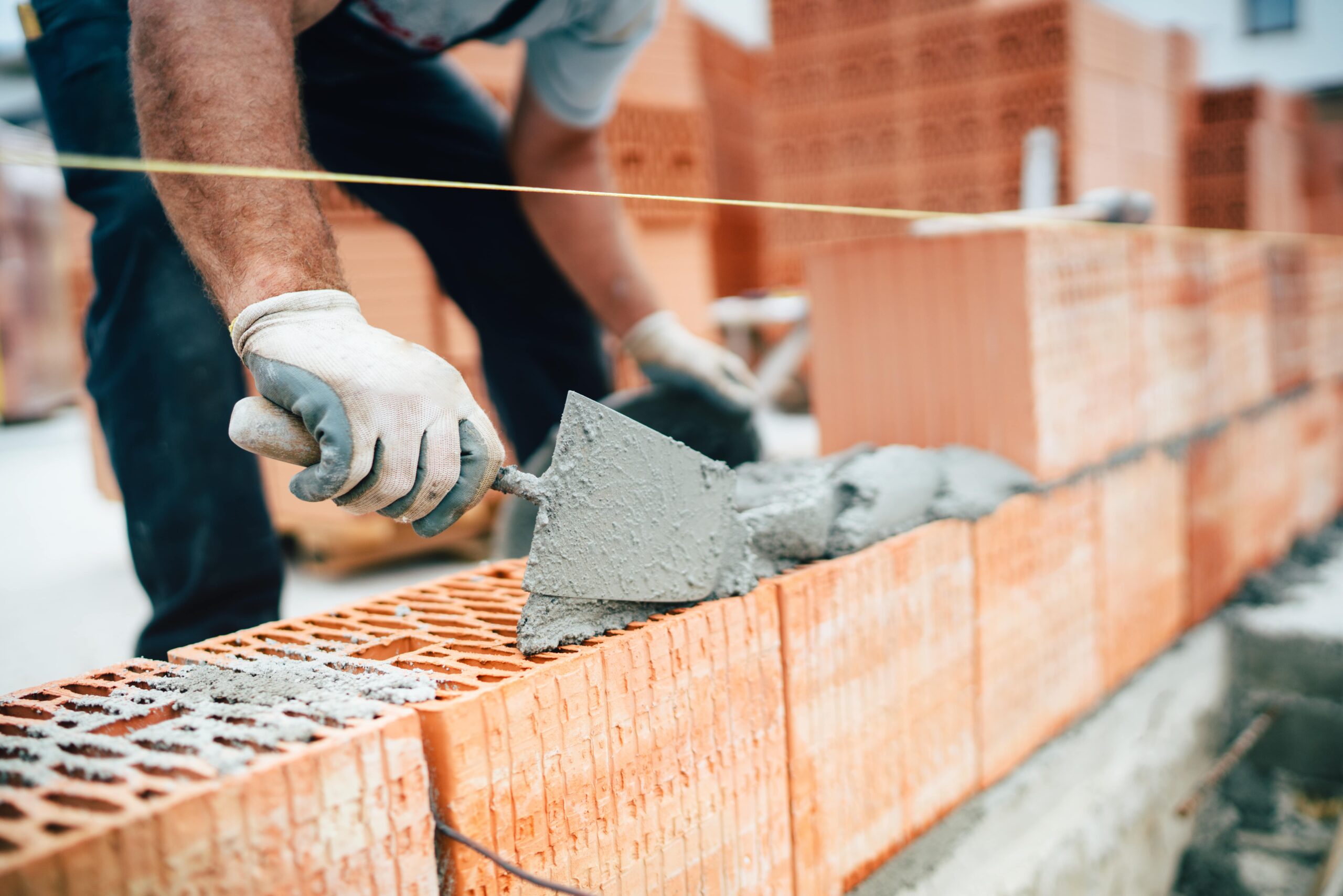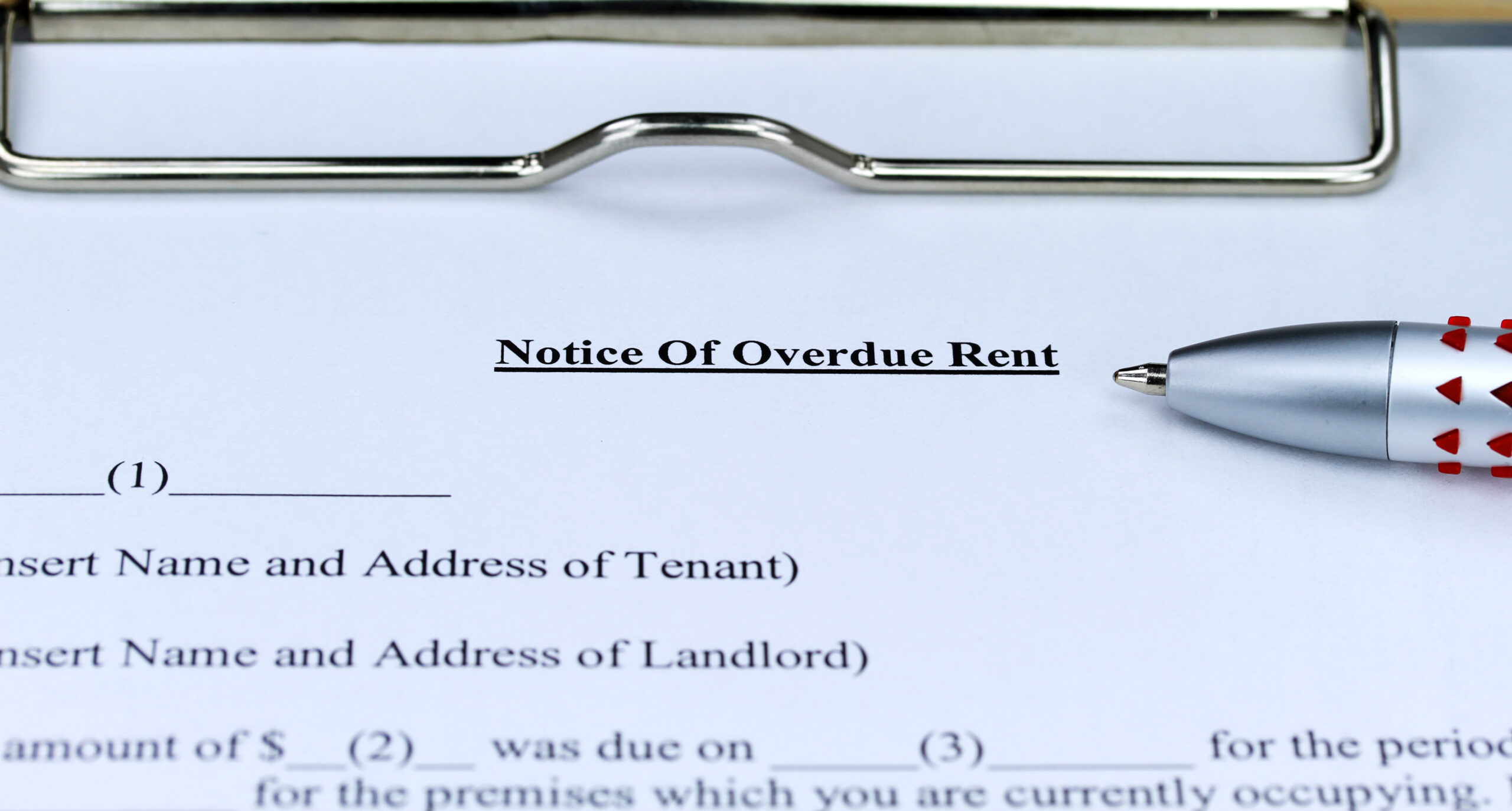Could These Unique Properties of Bacteria Develop Self-healing Systems for Buildings?

Researchers at Cardiff University are leveraging bacteria’s unique abilities to create a self-healing system for buildings and historic structures.
The system is designed to be applied directly to building stone and masonry, enabling self-repair when damage occurs.
The process relies on bacteria and accompanying chemicals, which activate upon damage to produce mineral deposits, such as calcium carbonate—a key component of stone and masonry.
The bacteria become encapsulated as spores within these minerals, ready to respond to future damage.
“When present in masonry, the bacteria that produce the mineral deposits become entombed as spores, alongside the chemical precursors, within the mineral that it is producing,” said the study’s principal investigator Dr Mike Harbottle, from Cardiff University’s School of Engineering.
The team is exploring methods for introducing these bacteria and chemicals into masonry, whether during production or after installation, while evaluating the benefits under various conditions. Their research has already outlined how bacteria behave within masonry, a crucial step toward implementation.
“Over time, usually many years, this damage builds up until fractures arise. Whilst these may not compromise the integrity of a structure immediately, if allowed to develop then damage may become critical.”
Self-healing materials are gaining traction across industries, being tested on glass, carbon fibre composites, concrete, and electronic materials.
The potential to reduce maintenance and repair costs makes this technology particularly appealing.
Weathering—caused by physical, chemical, or biological forces—leads to gradual deterioration of masonry structures, often resulting in critical fractures over time. To combat this, researchers are developing practical applications, such as a DIY sprayable solution containing bacteria and chemicals to repair damaged masonry, within their two-year project.

